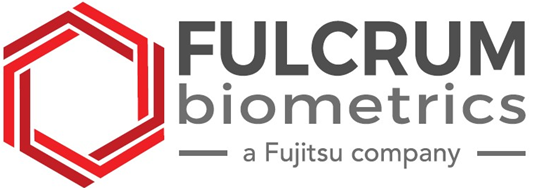Allyson Koekhoven
Palm vein technology exploits the fact that each one of us has a unique pattern of blood vessels in the palm of our hand that is more complex than our fingerprint and never changes throughout life.
“Veins take oxygen-depleted blood back to the heart and this blood shows as black in near-infrared light. During the capture process, the palm is held a few centimetres above the scanner, which shines a near-infrared ray of light onto the user’s palm. The still image captured in the near-infrared range by the palm vein technology camera appears as a black network, reflecting the palm’s vein pattern against the lighter background of the palm,” says Dave Crawshay-Hall, chief technology officer for Fulcrum Biometrics Southern Africa (Pty) Limited.
“As veins are internal and have a wealth of differentiating features, attempts to forge an identity when using this technology are extremely difficult, thereby enabling a high level of security. Furthermore, the palm vein readers encapsulate the actual blood flow, which is as good as capturing the liveliness of the user. Even if the pattern is disclosed, fooling the scanner without blood flowing through the veins is almost impossible,” he adds.
Crawshay-Hall says that palm vein technology is extremely accurate, with an impressive false acceptance rate tested at 0.00008% and false rejections of just 0.01%. “This makes the technology similarly reliable to iris pattern scanning technology and more reliable than fingerprint scanning technology.” The speed at which a scan takes place is rapid, with a similarly notable authentication time of less than one second.
Since palm vein is a mature technology, there are many off-the-shelf products available on the market, so rapid deployment of the technology into many applications is generally a relatively painless process.
“This technology is very versatile and lends itself well to many applications, but because of the limited number of vendors offering this technology, the solutions tend to be proprietary and have a relatively high cost, which may be seen as a barrier to entry in certain markets. However, given the extreme accuracy it provides and its anti-spoofing measures, it would certainly benefit organisations for which other identification methods are not suitable,” says Crawshay-Hall.
Since vein pattern recognition is not impacted by dirt on the surface of the skin, by cuts, bruises, scars, or even moisture or dryness of the fingertips or the palm, it can be deployed for a range of applications, in different industries and this is especially appropriate to countries where a large percentage of the workforce use their hands, as in Southern Africa.
Crawshay-Hall says that in terms of reliability, fingerprints and facial features may vary over time, whereas the palm vein pattern remains the same throughout a person’s lifetime. “This is particularly useful, since the user won’t be required to re-enrol at any stage. Additionally, instances of the palm vein structure getting damaged are extremely rare.”
While first-generation palm vein sensors were sensitive to palm placement and ambient light – which often necessitated the use of a hand guide – modern sensors are 50% smaller, have improved capture and authentication capabilities, and also have the ability to capture even a slowly moving palm. Changes to environmental tolerances also enable the sensor to operate in higher ambient sunlight and temperature conditions.
“Palm vein recognition systems are designed to withstand tough conditions and are resilient to dirt, dust, grease or moisture and require no physical contact with the surface of the sensor, thus making them a suitable alternative to facial recognition biometric technology in the COVID-19 era and beyond,” says Crawshay-Hall.
